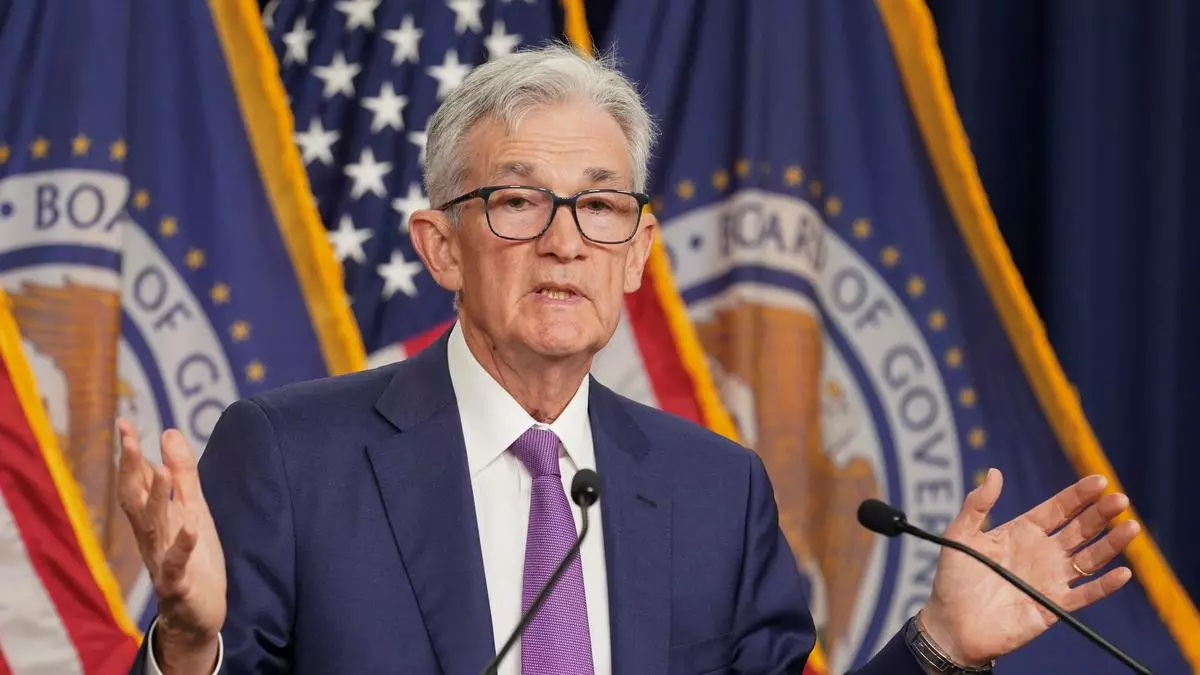In a strategic shift, Brazil has decided to abandon the proposal for a unified BRICS currency during its presidency of the bloc in 2025. Instead, the nation will focus on enhancing trade using local currencies among BRICS members—Brazil, Russia, India, China, and South Africa—to reduce dependence on the U.S. dollar. This decision comes as President Luiz Inácio Lula da Silva prepares to host the 17th BRICS summit in Rio de Janeiro in July 2025.
The move to reject a common BRICS currency aligns with Brazil’s broader strategy to reform financial systems within the bloc. By facilitating international payments in local currencies, Brazil aims to lower transaction costs and diminish the “mighty” dollar’s dominance in global trade. This initiative includes exploring blockchain technology and linking payment systems among member countries.
The decision also reflects geopolitical considerations. U.S. President Donald Trump has issued warnings of imposing 100% tariffs on BRICS nations if they pursue an alternative currency to the U.S. dollar. This threat underscores the potential economic repercussions of challenging the dollar’s supremacy.
Despite previously advocating for alternative payment methods within BRICS, President Lula’s administration recognizes the complexities of establishing a shared currency. Factors such as divergent economic policies, political unity, and structural differences among member nations present significant challenges. Therefore, Brazil is prioritizing practical measures to enhance financial cooperation without introducing a new currency.
This approach aims to strengthen economic ties among BRICS countries while mitigating risks associated with creating a unified currency. By focusing on local currency trade and financial system reforms, Brazil seeks to promote a more balanced and multipolar international financial landscape.





